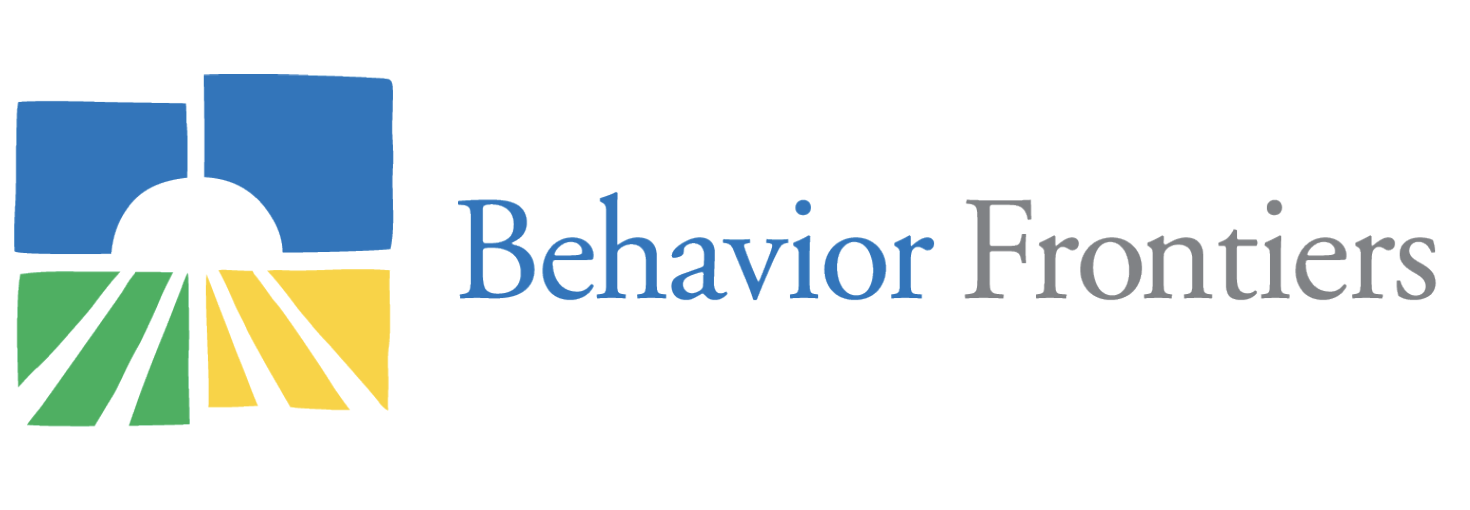Improving Behaviors in Everyday Life
If you are reading this blog, you likely interact with a child with autism or other special needs on a daily basis. Whether you are the child’s parent, teacher, therapist, or classroom aide, you have probably faced some challenging situations in which you wished you had more tools to help the child.
An understanding of some key concepts can be helpful to you and your child in your home, school, and community environments. Motivating the child to increase opportunities for communication is one of the most widely targeted skill areas in ABA.
Outside of your child’s sessions, parents and caregivers are the real champions! Involved parents implementing the concepts outside of therapy helps to promote consistency and generalization across people and environments. If you think about it, parental involvement is one of the most important aspects of therapy.
Think about learning a foreign language. If you’re only studying for five hours per week, it could take a very long time to master the language, or risk not being very successful. The exact same idea applies to ABA therapy. It is imperative that outside of therapy, parents are utilizing the same methods that are used during treatment. Whether that is implementing the child’s behavior plan, running programs for the child’s goals, or working on your communication system. The extra time parents and caregivers take to work on programming can make a huge difference in the child’s success.
In order to apply behavior change methods, the first thing you need to understand is how the child’s behavior relates to their environment. The surrounding situations, or environment, when the child’s behavior happens is often referred to as the ABC’s of Behavior. This stands for Antecedent, Behavior, and Consequence. Very simply, the antecedent is the situation before the behavior, and the consequence is the situation after the behavior in question. It is important to be in control of both antecedents and consequences to increase or decrease the child’s behavior for the better. Reinforcement is one possible consequence of behavior.
It is important that you are aware of and control the consequences that you give the child. Every behavior a child engages in, whether considered “good” or “bad,” will either increase or decrease based upon the consequences s/he receives. You are always teaching through the consequences that you provide and our goal is for you to be able to use the ABA methods presented to change your child’s behavior for the better.
Now let’s discuss the behavior principle of reinforcement. Reinforcement is a powerful tool to increase the child’s appropriate behavior. Reinforcement occurs when the consequences that immediately follow a behavior increases the future occurrence of that type of behavior in similar situations.
Reinforcement can also be described as either unconditioned or conditioned.
• Unconditioned reinforcers are when the child receives basic needs such as food, water, or warmth, which lead to the behavior increasing in the future.
• Conditioned Reinforcers -- also called secondary or learned reinforcers -- increase behavior because of their previous pairing with reinforcers. Examples of positive, conditioned reinforcers are when the child receives social attention, toys, stickers, or tokens, which lead to the behavior increasing in the future.
Our innate need for reinforcement can be explained with this example: You’re at work. You’ve been working for the last two weeks on a really difficult project that none of your coworkers volunteered to do. The project gets turned into your boss, and not one person thanks you or says “good job”. That stinks right? Are you going to volunteer to do that project again? Probably not. The same thing goes for the children in our lives. If you’re working on a skill with your child, and they engage in that really difficult target behavior, it is imperative they receive a reward that is meaningful to them, be it praise or an item they really like. Without that addition of reinforcement, the likelihood that the child will engage in that behavior in the future becomes slim.
Now that you have learned about the types of reinforcement and its importance, we are going to go over guidelines for you to follow when using reinforcement with your child.
The first reinforcement guideline is to give reinforcers immediately following the correct response thereby ensuring that the child receives the reinforcement for the correct behavior and not for another behavior we are not attempting to reinforce. In order to give reinforcers immediately, you must prepare reinforcers beforehand, such as by gathering reinforcers and placing them in an easily accessible place prior to teaching your child.
The second reinforcement guideline, which we can’t emphasize enough, is to be energetic and exaggerate your positive reinforcement. The child should be able to notice a big difference in your reaction to his or her correct responses.
The third reinforcement guideline is to always pair social reinforcers, such as attention and detailed praise, with other reinforcers. Since children with autism have social deficits we must often pair a primary reinforcer with a secondary reinforcer so they can learn to enjoy things such as praise or social attention. For example we sometimes pair the conditioned reinforcers of praise and high fives with the unconditioned reinforcer of a food treat. This is done so that praise can have the same reinforcing qualities of a food treat, and we can work on fading away the food treats over time. It is also a good idea to pair yourself with reinforcers, by pairing your arrival with the delivery of reinforcers, such as toys, tickles, and treats.
Finally, it is important that you use highly preferred reinforcers for difficult or long tasks. For example, if the child really loves to play on the computer then you can use the computer so that the child can earn his favorite activity if he completes a difficult writing activity.
Jaclyn Colvin, M.Ed., BCBA
Associate Clinical Director, Novi, MI
September 24, 2019

